If you’re looking for an easy way to clarify your brand message, then the StoryBrand framework might be a good place to start. This is a 7-step process that will help you identify what your ideal customer wants and needs from your business. It’s based on Donald Miller’s book of the same name and can help you generate more sales by connecting with customers better. In this blog post, we’ll go through each step of the framework so that you can see how it works to create a company brand script.
What is the Donald Miller Storybrand framework?
The StoryBrand framework is a seven-step process that helps you identify what your ideal customer wants and needs from the business.
The story of your business should be at the core of all you do, and this connection is what will make you stand out from your competition.
Make a plan to tell the audience:
Our brain craves stories. A good story is made up of a series of familiar, comfortable moments. We’re trained for these shortcuts to save energy.
Rather than take the time to puzzle it all out and weigh our options, we’re looking for ways to simplify quickly and get back on track so we can enjoy life as it was meant to be
Stories attract and involve you emotionally and intellectually.
Good stories resonate with people so they remember them for a long time. Good stories are memorable because of the neural pathways in our brain that connect what we hear, read, or see to what we know from before.
The 7 steps to the Donald Miller Storybrand framework are:
- A Character
- Has a Problem
- And Meets a Guide
- Who Gives Them a Plan
- And Calls Them to Action
- That Ends in Success
- And Helps Them Avoid Failure
In a great story, the Hero (main character) transforms from a weak character into a strong one. They go on an adventure and change in ways that are both internal through personality shifts, or enlightenment, or losing their fear of death but also external; they become stronger physically, for example.
The hero of any business story is its customers!
Let’s explore each step of the framework:
1- A Character
The story begins when we meet the major character, the Hero, the customer, who is faced with a problem or challenge that they must overcome. This can be the initial situation when your customer feels stuck in their everyday life.
Remember, the Hero of the story is not you! The hero is your customer.
You must ensure you understand the problem your customer is facing and the goal they are trying to accomplish.
If you talk about yourself only, then you will not be able to clearly define your customer’s goal and they will lose interest.
2- Has a Problem
The hero has many challenges to overcome in order to achieve their goal.
The hero will face obstacles, opposition and other conflicts that must be resolved in some way before the story can move forward or conclude.
Most people have a natural inclination towards solving problems- so this is a critical step for your customers as well!
Challenges are an important part of any story
The main problems include:
A Villain – The thing preventing the hero from achieving their goal.
External problems – which are the obstacles and conflicts that have to be overcome
Internal problems – which is where your customer has a personal challenge they must resolve. The feelings and frustrations your customer faces.
Philosophical Problem – Problems that are just wrong like Putting so much time, energy, money into something that it shouldn’t be happening.
And Meets a Guide
As a guide your business has a role to play in the customer’s “journey” and here are some of the things you can do:
Be the Guide – You have all this knowledge about how to overcome these challenges, share it with them!
Provide Guidance – A place where they know they will find what they need.
A good guide must demonstrate 2 things to be effective.
- Empathy – Understanding where the other person is coming from.
- Authority – You have the skills and experience to help solve the heroes problem.
Who Gives Them a Plan
Just like you have a plan in your own life, it’s important to provide the customer with one too. If they know what steps to take to solve their problem, they can more quickly move on to success.
It’s advisable to have a simple 3/4 step plan that the customer can easily say yes to. There will be smaller steps in between but it’s important that a plan is communicated in a simple and understandable way. eg. 1- Get in touch, 2- Get a digital marketing plan, 3- Grow your business.
And Calls Them to Action
Take the customer from where they are to what they need to do next. It’s important that you don’t overwhelm them with too many options and have a clear action you want your customers to take.
Call to action falls into 2 categories:
Direct CTA – Book a call, Get in touch, Buy now, Get started etc
Transitional CTA – Not ready to buy, offer something of value to your customer. Download a free guide, Register for a webinar, learn more etc.
The key here is to make it very obvious and easy to understand what you want the customer to do.
That Ends in Success
Like in a good movie you should always understand the end goal of your customer’s journey. What is the desired outcome? It’s important to continue driving them towards this goal and know what happens after they have achieved their goals.
What does your customer success look like?
And Helps Them Avoid Failure
What are the stakes if your customer fails to achieve their goal? Remind them what happens is unsuccessful. Will not grow? lose money? lose time? go backwards against the competition?
Finally document the transformation your customers would make. The hero will go from ______________to_______________.
If you’re a business owner, it can be difficult to remember why your company exists.
After all, you spend so much time on the nitty-gritty of running your organization that there isn’t enough time for big-picture thinking! And when customers come in contact with your brand or message without understanding what it’s about, they’ll make assumptions and decide whether or not to buy from you based on those assumptions.
This is where The StoryBrand Framework comes into play.
For more information on how this framework will help clarify your messaging and increase sales potential within days – get in touch today!









